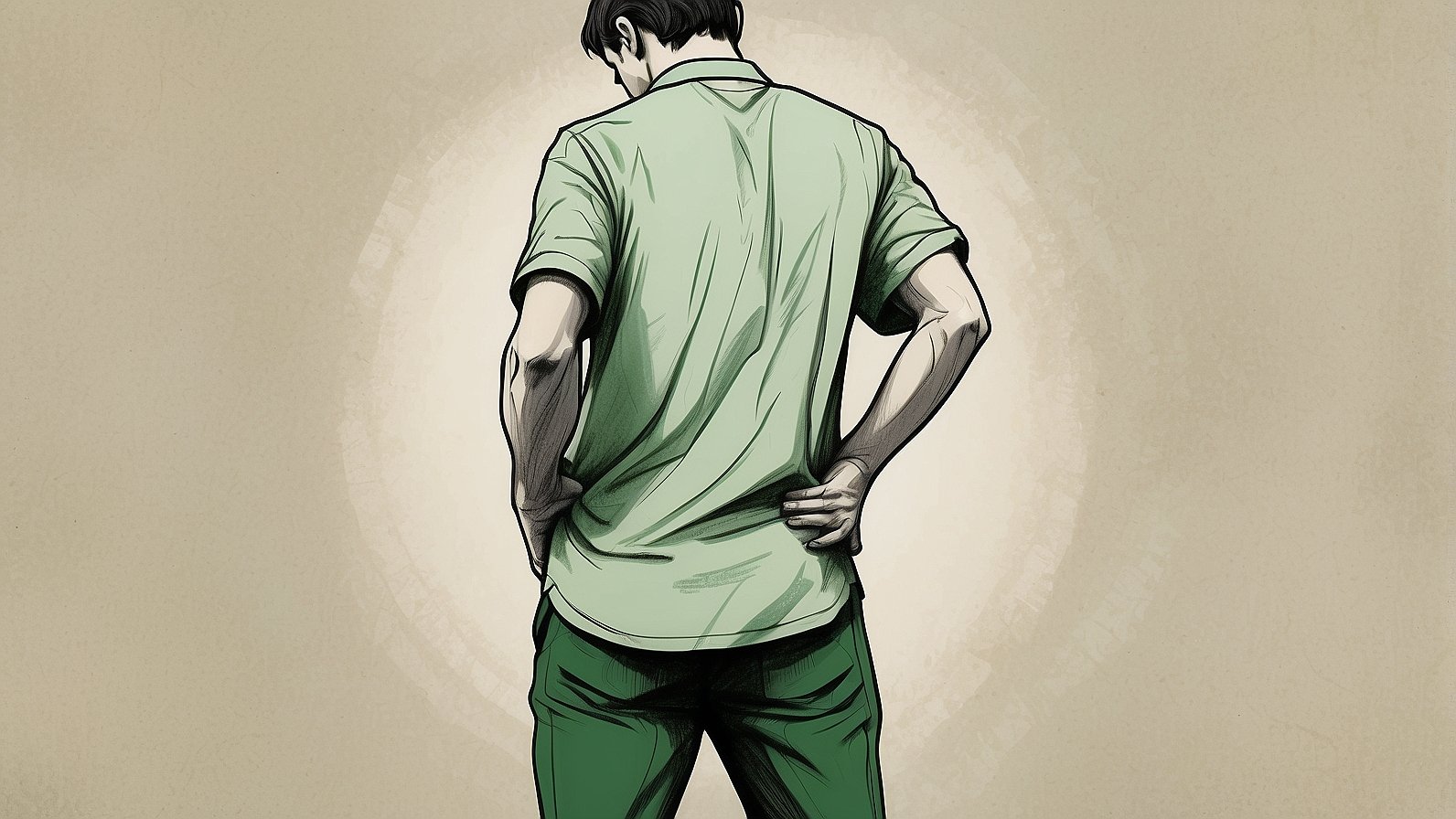This website uses cookies to ensure you get the best experience on our website

Why women are more prone to back pain than men
Although back pain is a common ailment affecting millions of people worldwide, women are statistically more prone to experiencing back pain than men. Understanding the factors influencing this can help women understand why back pain may be more prevalent or distinct in nature for them and highlight the importance of tailored approaches to back wellness focused specifically on requirements for females.

Debunking the myth of 'unspecified back pain'
Back pain stands as a prevalent issue worldwide, often leading to significant discomfort and disability, even significant loss in quality of life. Among its classifications, 'unspecified back pain' or non-specific low back pain (NSLBP) emerges as a particularly ambiguous term. And according to the European Pain Federation at least 90% of back pain is diagnosed as ‘low back pain, unspecified’. Here we draw on insights from research conducted by the University of Zurich and published in European Journal of Pain, to shed light on what 'unspecified back pain' truly means, why the term may be misleading, and how understanding it better can enhance patient care and outcomes.
